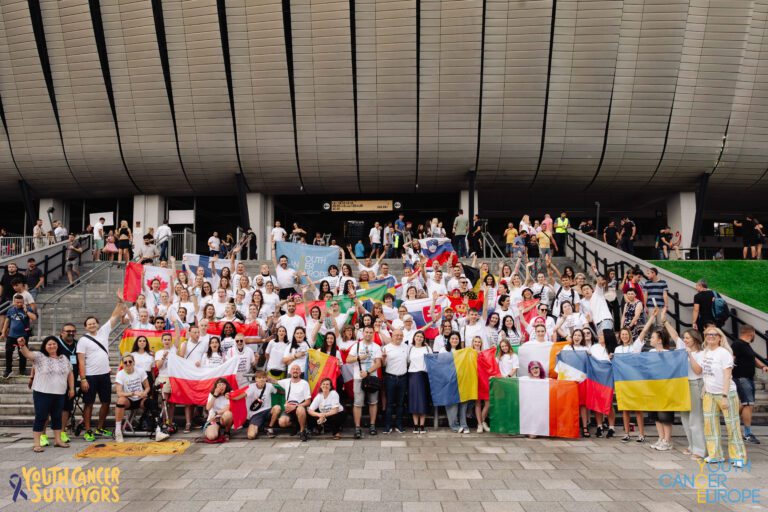
A Brief Introduction of Breast Cancer
Breast cancer is a disease that occurs when cells in the breast grow out of control. These cancerous cells can spread outside the breast through blood vessels and lymph vessels. Breast cancer is the most common invasive cancer in women worldwide, contributing significantly to the global burden of cancer.
Introduction to the Term “Lumpectomy”
In the vast medical field dedicated to treating and managing breast cancer, numerous terms and procedures emerge, one of which is “lumpectomy.” This term may be alien to some but is a foundational component in the breast cancer treatment paradigm.
Definition and Clinical Understanding of Lumpectomy
What is Lumpectomy?
A lumpectomy is a surgical operation used to remove a discrete portion or “lump” of breast tissue, usually in the treatment of malignant tumors in the breast. Unlike a mastectomy, which involves the removal of the entire breast, a lumpectomy aims at removing only the cancerous lump and a small rim of healthy tissue around it, preserving the rest of the breast.
Conditions Calling for a Lumpectomy
Lumpectomy is commonly used in early-stage breast cancer treatment, where the tumor size is relatively small, and the disease has not spread to other areas. However, it might also be used if the patient is pregnant, has a large tumor in comparison to the size of the breast, or there are multiple tumors in different quadrants of the breast.
Get to know us better
If you are reading this, you are in the right place – we do not care who you are and what you do, press the button and follow discussions live

The Lumpectomy Procedure: Step by Step Guide
Pre-Operation Requirements and Procedures
Before a lumpectomy, a thorough check-up is conducted to confirm the diagnosis and pinpoint the tumor’s exact location. The healthcare team will identify and discuss pre-operation preparation, including medication, diet, and lifestyle adjustments to ensure a smooth surgical procedure.
Detailed Process of a Lumpectomy
During the lumpectomy procedure, the surgeon makes an incision in the breast and removes the tumor along with a small margin of healthy tissue surrounding it. The goal is to ensure that all cancerous cells are removed while preserving the breast’s natural appearance as much as possible.
Post-Operation Requirements and Procedures
After a lumpectomy, the patient usually experiences some level of discomfort, swelling, and tenderness around the surgical area. There will be follow-up appointments for wound care and to assess the recovery process, and discuss any additional treatments necessary, such as radiation therapy or chemotherapy.
Risks and Complications of Lumpectomy
General Surgical Risks
Like any surgery, a lumpectomy has risks such as infection, bleeding, and an adverse reaction to anesthesia. Other less common complications include lymphedema and changes in the sensation of the breast.
Specific Risks Associated with Lumpectomy
One specific risk associated with lumpectomy is that it can potentially leave behind some cancerous cells, resulting in the cancer recurring. In some cases, changes in the breast’s appearance and asymmetry between both breasts can occur.
Lumpectomy vs Mastectomy: Making the Decision
Understanding the Difference
Mastectomy involves removing the entire breast tissue, while lumpectomy is a breast-conserving surgery that only removes the tumor and some surrounding tissue. The choice between the two depends greatly on the stage of the cancer, the tumor size, personal health condition, and personal preference.
Factors Influencing the Decision
Several factors can influence this decision. Ultimately, the choice between a lumpectomy and a mastectomy should be based on a comprehensive discussion with the healthcare team, considering the medical recommendations and understanding the patient’s values, lifestyle, and personal comfort.
Medical Recommendations
A health care provider’s advice is based on factors such as size and location of the tumor, clinical diagnosis, family history, and individual’s genetic predisposition to cancer. The treatment plan is personalized and must meet the physical and emotional needs of the patient.
Post-Lumpectomy Care and Support
Managing the Healing Process
Post-lumpectomy care involves pain management, wound care, and regular physical exams among others. It’s important to closely follow the doctor’s instructions for a smooth recovery.
Psychological Support and Counseling
After undergoing a lumpectomy, emotional recovery can sometimes be even harder than physical recovery. Therefore, psychological support, counseling, and joining peer support groups can be extremely beneficial in dealing with the disease’s emotional aspect.
Conclusion
In conclusion, understanding breast cancer and its treatment methods is essential, given its prevalence in the global disease load. A lumpectomy is an effective method of treating eligible breast cancer patients, characterized by its breast-conserving goal. However, the surgery isn’t without its risks, making patient education and informed consent extremely necessary. Post-surgical care, both physically and emotionally, should be an essential part of the treatment to ensure a holistic healing approach.
Frequently Asked Questions (FAQs)
- What should I expect during a lumpectomy procedure?
During a lumpectomy procedure, you’ll be placed under anesthesia. A surgeon will make an incision and remove the tumor and a small margin of healthy tissue around it. The procedure usually takes about one to two hours.
- How long is the recovery process after a lumpectomy?
Recovery time after a lumpectomy varies from person to person. Most women go home the same day and can return to their normal routine in about a week. Full recovery commonly takes a few weeks and will depend on whether any additional treatments like radiation therapy or chemotherapy are needed.
- What are the potential risks and complications after a lumpectomy?
Some potential risks and complications after a lumpectomy include infection, bleeding, changes in the sensation of the breast, changes in breast appearance, lymphedema, and the possibility of cancer recurrence if not all cancerous cells were removed.
- How can I choose between a lumpectomy and a mastectomy?
The decision between a lumpectomy and a mastectomy depends on several factors, including your overall health, the size and location of the tumor, your feelings about surgery, and your doctor’s recommendations. It’s important to have detailed discussions with your healthcare team to make an informed decision.
- Where can I find support and help during my post-lumpectomy recovery?
Support can come from many sources. This includes your medical team, mental health professionals, family and friends, and support groups of others who have gone through similar experiences.

















Comments
Thank you. Comment sent for approval.
Something is wrong, try again later